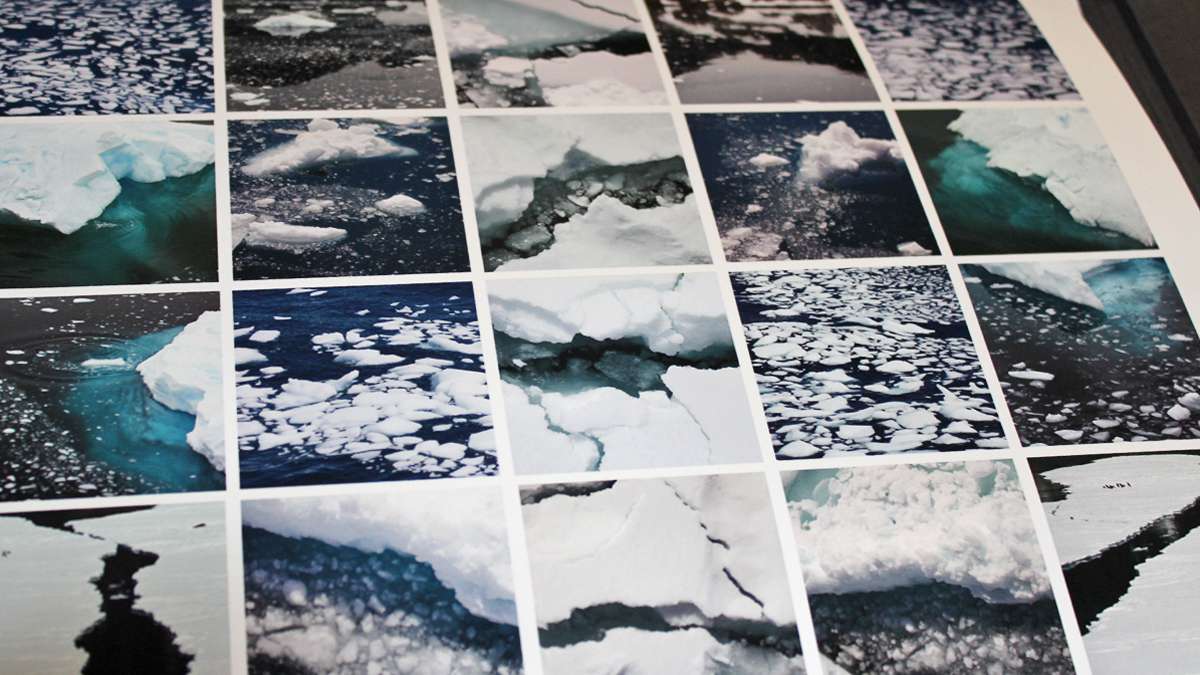Is freezing the key to preserving engineered organs and tissues?
ListenVillanova’s Jens Karlsson tells us about his work trying to determine the best methods for freezing tissues and human organs.
Scientists are making progress in engineering tissues and organs, often using 3D printing as a key tool. As this field is picking up speed, another issue arises.
“If you have a company that wants to manufacture these organs and sell them to hospitals they have to be able to preserve them,” says Jens Karlsson, an associate professor of Mechanical Engineering at Villanova University, who specializes in cryogenics. “You have to be able to store them in a freezer somewhere, so that they can make many at a time, so that it’s cost-effective.”
Karlsson says this storage issue is a tough nut to crack. “The problem is that with current technology, when you freeze something living, it is not as effective as it could be, so if you have something critical like a liver transplant when you thaw it out of the freezer, you want it to be 100 percent functional.”
Karlsson says with current freezing technology, cells and tissues get damaged in the freezing process. He visited us in our studios, and sat down with Maiken Scott to discuss his research.
“There are many ways that things could go wrong,” Karlsson replied when asked what the biggest challenge is. But the biggest challenge is keeping the water in a particular cell from crystalizing and damaging the cell. “There’s so much molecular machinery inside the cell that [the freezing process] ends up destroying the cells,” he said.
Karlsson hypothesized that one possible solution could be the use of cryoprotectants that would keep the water within a cell from freezing—think of them as antifreeze for living tissue. This would depress the freezing point, and possibly save the cells from the damage that comes with the processes of freezing and thawing.
Another solution could be in the manipulation of freezing time. He argued that the speed at which a cell is frozen could help to minimize the damage that occurs with it. “We could go slow initially, then stop for a while, then go fast for a bit,” said Karlsson. “Each choice we make has a different outcome.”
Karlsson’s ultimate goal is to create computer simulations that will help determine the best methods for freezing all types of different tissues and human organs. But there could be a tremendous added benefit, he explained, in understanding how to preserve organs on a parallel track with creating them. “We actually have an opportunity to design the organs so that it makes it easier to freeze it…so by developing that knowledge now, we can actually benefit the tissue engineering technology.”
WHYY is your source for fact-based, in-depth journalism and information. As a nonprofit organization, we rely on financial support from readers like you. Please give today.















